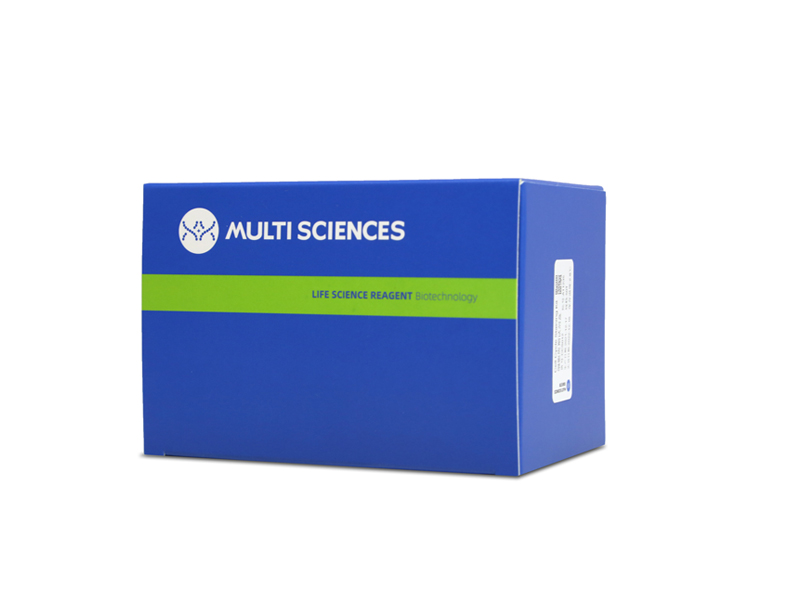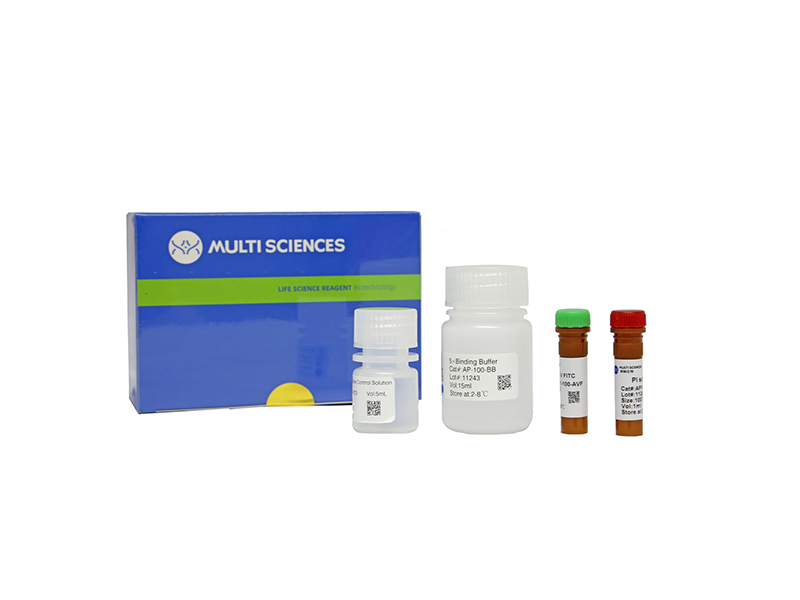Lung adenocarcinoma (LUAD) is one of the leading causes of cancer-related death worldwide. There is an urgent need to uncover the pathogenic mechanism to develop new treatments. Agmatinase (AGMAT) expression and its association with clinicopathological characteristics were analyzed via GEO, Oncomine, and TCGA databases, and IHC staining in human LUAD specimens. An EdU cell proliferation kit, propidiumiodide staining, colony formation, cell migration, and invasion assays, and a xenograft tumor model were used to detect the biological function of AGMAT in LUAD. Furthermore, the expression level of nitric oxide (NO) was detected using a DAF-FMDA fluorescent probe or nitrite assay kit, and further validated with Carboxy-PTIO (a NO scavenger). The roles of three isoforms of nitric oxide synthases (nNOS, eNOS, and iNOS) were validated using L-NAME (eNOS inhibitor), SMT (iNOS inhibitor), and spermidine (nNOS inhibitor). AGMAT expression was up-regulated in LUAD tissues. LUAD patients with high AGMAT levels were associated with poorer prognoses. AGMAT promoted LUAD tumorigenesis in NO released by iNOS both in vitro and in vivo. Importantly, NO signaling up-regulated the expression of cyclin D1 via activating the MAPK and PI3K/Akt-dependent c-myc activity, ultimately promoting the malignant proliferation of tumor cells. On the whole, AGMAT promoted NO release via up-regulating the expression of iNOS. High levels of NO drove LUAD tumorigenesis via activating MAPK and PI3K/Akt cascades. AGMAT might be a potential diagnostic and therapeutic target for LUAD patients.
文章引用产品列表
-
- AP104 95 Citations
- 凋亡试剂盒
Annexin V-PE/7-AAD Apoptosis Kit 细胞凋亡试剂盒
- ¥780.00 – ¥1,860.00



